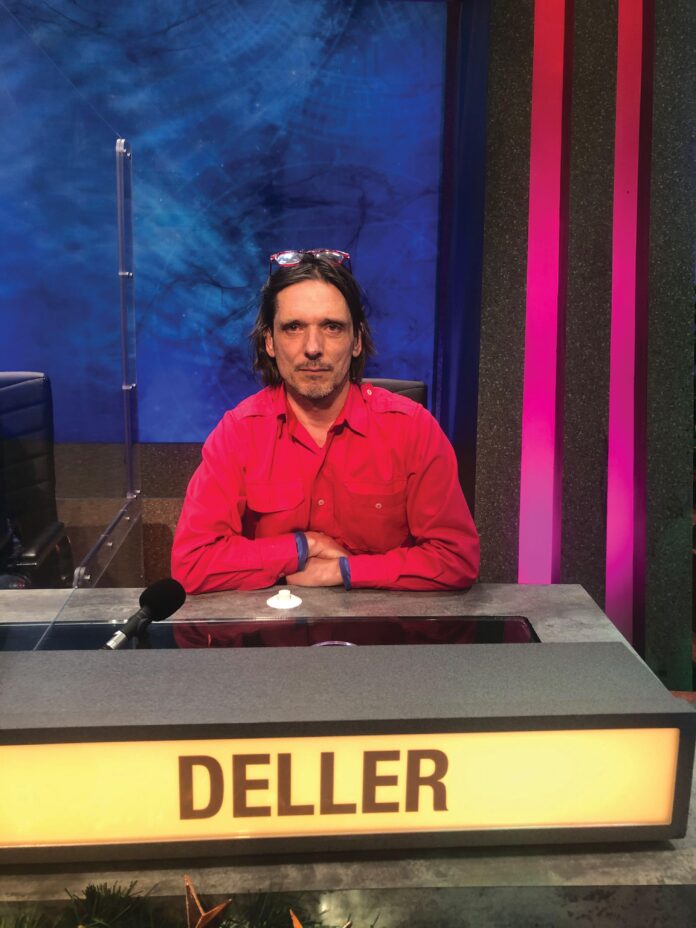Like the multifarious work of Jeremy Deller himself, the book Art is Magic defies easy description. It proclaims itself to be “The Best Book by Jeremy Deller” and is subtitled A Children’s Book for Adults. Written predominantly by Deller and featuring conversations with an eclectic range of contributors—from the fashion provocateur Jonny Banger to the classicist Mary Beard—it offers an illuminating insight into the creative processes of one of our most original and engaging artists.
The Art Newspaper: What were you aiming for with this book?
Jeremy Deller: It doesn’t cover everything I’ve done and is quite a subjective take on things. In a sense it’s meant to be both an introduction and an overview, but a very personal one because I’ve written everything in it—apart from the interviews, obviously. It’s an explanation of sorts and also it’s about motivation: why I wanted to do things, and how I did things. So it’s maybe lifting the lid a little bit on the process, as well.
Artists don’t usually go to such pains to explain their work.
I thought it would be good to have an insight into the thought processes behind what I’m attempting to achieve, but also to show the things that I’ve liked and the people I’ve worked with, like Alan [Kane] and Jon [Banger], as well as to honour people like Ed Hall, the top banner maker in the UK. So, I wanted to include people who have inspired me. I suppose a lot of artists enjoy the mystery around the work and so on, but I tend not to. If anything, I try to demystify. But then a lot of my work is pretty straightforward; it’s pretty obvious what’s going on.

The outside cover of Jeremy Deller’s new book Art is Magic
You have always challenged what art is and what art can be.
I think it’s pushing the envelope of what is acceptable to be called art and what are its limits, if there are any. What exists on the fringes is always interesting to me. So, things like [re-enacting The Battle of] Orgreave or taking the car destroyed by a bomb in Iraq around America are pushing the limits of what can be considered a work or a project or a performance. Are there limits? Where is the outer ring? And how can we go there?
Art is Magic also reflects this format-breaking spirit.
I enjoy those little moments, like calling a chapter ‘Queen Victoria with Her Face Smashed In’. Very late in the day, in the last two or three weeks, I basically just turned the book around. It was quite traditional and I had to interfere with it, putting in crazy chapter headings, changing the typefaces and adding in more irreverent captions to replace the ones that were very dry. In the main body text I’m trying to be quite straightforward, and then the captions are written in a more irreverent, slightly insider-y tone, almost to undermine what you are looking at. If I’d had another month, I would have interfered with it even more, but it’s probably good I stopped when I did.
• Jeremy Deller, Art is Magic, Cheerio, 240pp, £30 (hb)

























